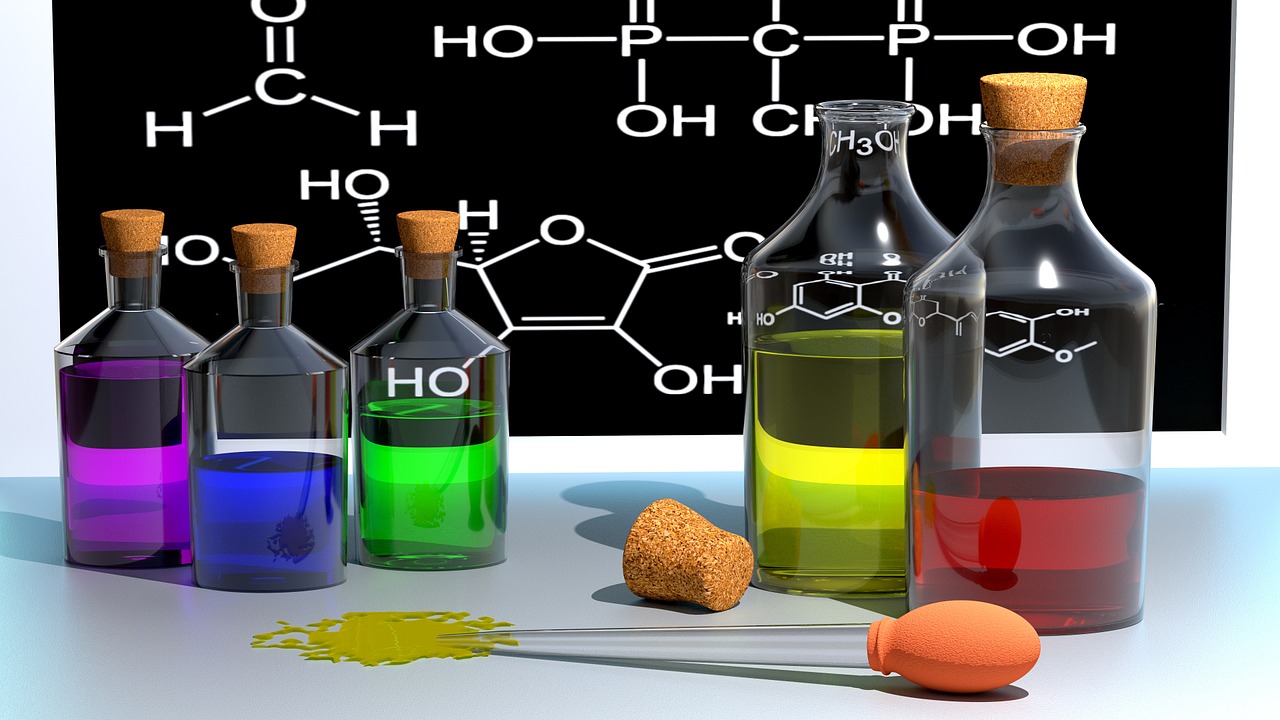Even if 40 % of plastic packaging is reported as recycled in the EU, the effective recycling rate is about 10-15%. Only 5% of the value of plastic packaging material is estimated to be retained in the economy.
Why? Because, although they are claimed to be, most plastic packaging today is not designed for reuse and recycling or recyclable. Plastic products, which are increasingly being marketed with misleading claims, need to be designed for mechanical recycling in order to have an effective collection throughout the EU.
Janek Vähk, Climate, Energy and Air Pollution Coordinator at Zero Waste Europe, says:
“Designing for chemical recycling’ endangers actual recyclability of plastics and hinder the efforts to phase out those hard-to-recycle. Considering the high environmental impact, lack of infrastructure and unproven efficiency, chemical recycling should be the last resort”.
A harmonised and enforceable definition and criteria for recyclability of plastics must build on real recovering, i.e. existing, widespread, and scaled operations. We must design products to be treated through sustainable, efficient, and low-carbon operations. The EU must avoid diverting plastics to chemical recycling by ensuring they are either reused or designed for mechanical recycling.
We, therefore, recommend:
- Establish a clear harmonised definition of recyclability that combines qualitative definition, quantitative criteria and implementing legislation which specify design-for-recycling criteria
- Strengthen enforcement of the essential requirements in the revised PPWD Directive and a bonus-malus and eco-modulation fee system complemented with clear restrictions
- Ensure that recyclability is assessed on the basis of best available technology with respect to a ‘waste recycling hierarchy’, i.e. priority is given to mechanical recycling with no competition with other technologies for the same plastic waste stream
- Replace the ‘green dot’ and strengthen recyclability claims towards consumers by introducing a mandatory, traceable label
“A strong push towards a truly circular design is needed to prepare plastics for reuse and recycling according to the most environmentally sound options and avoid carbon-intensive treatment, such as pyrolysis and gasification. Plastic packaging should be designed for mechanical recycling, and have effective collection and sorting systems throughout the EU”, states Vähk.










